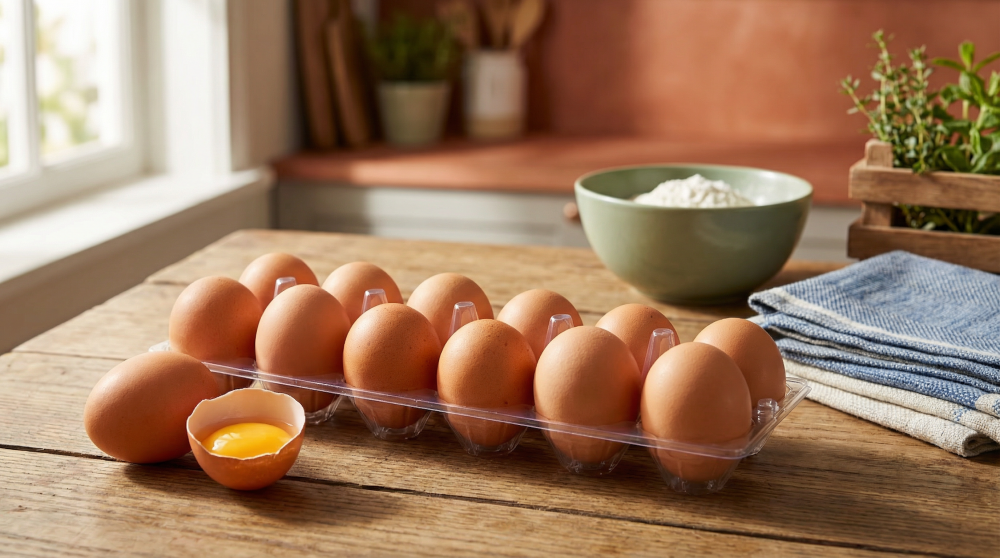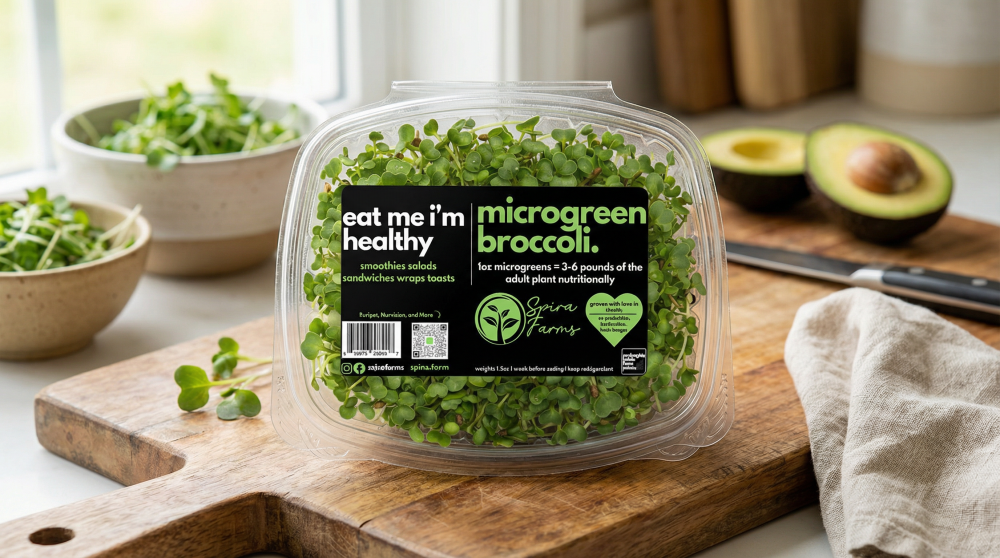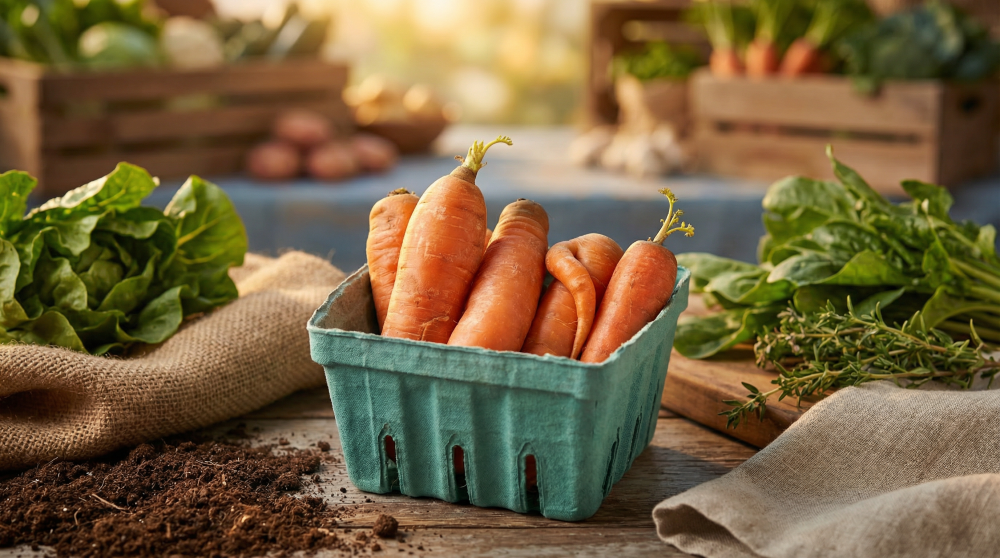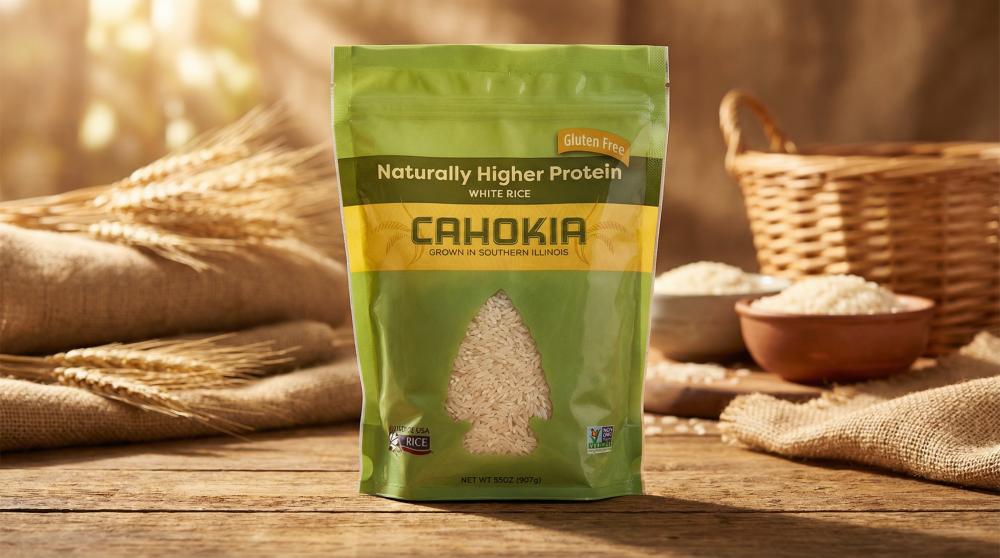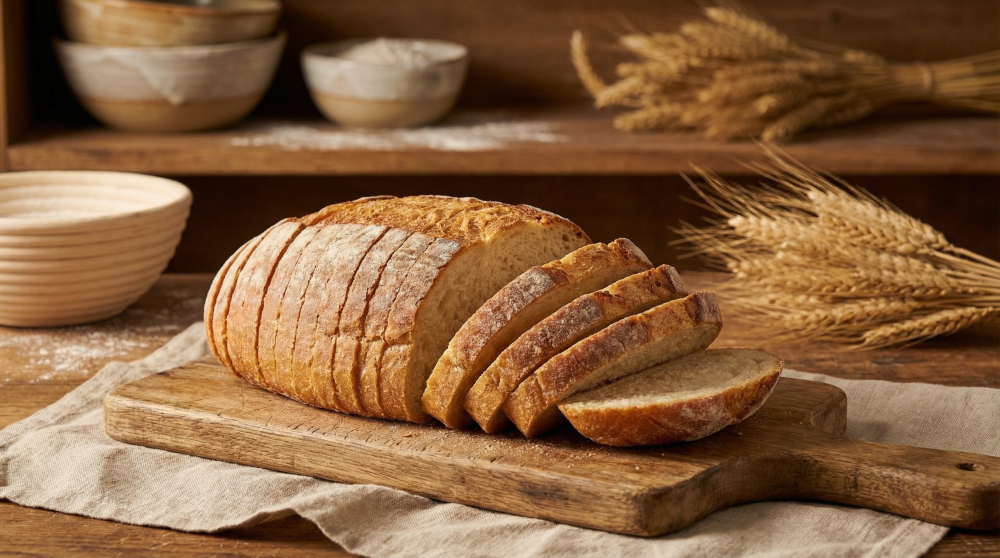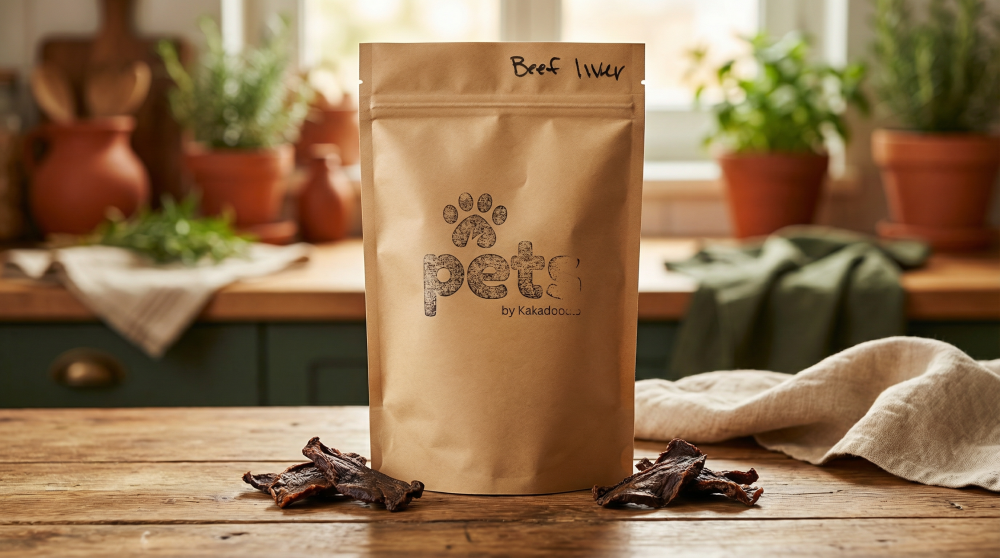article Local Food Can’t Thrive in an Industrial System
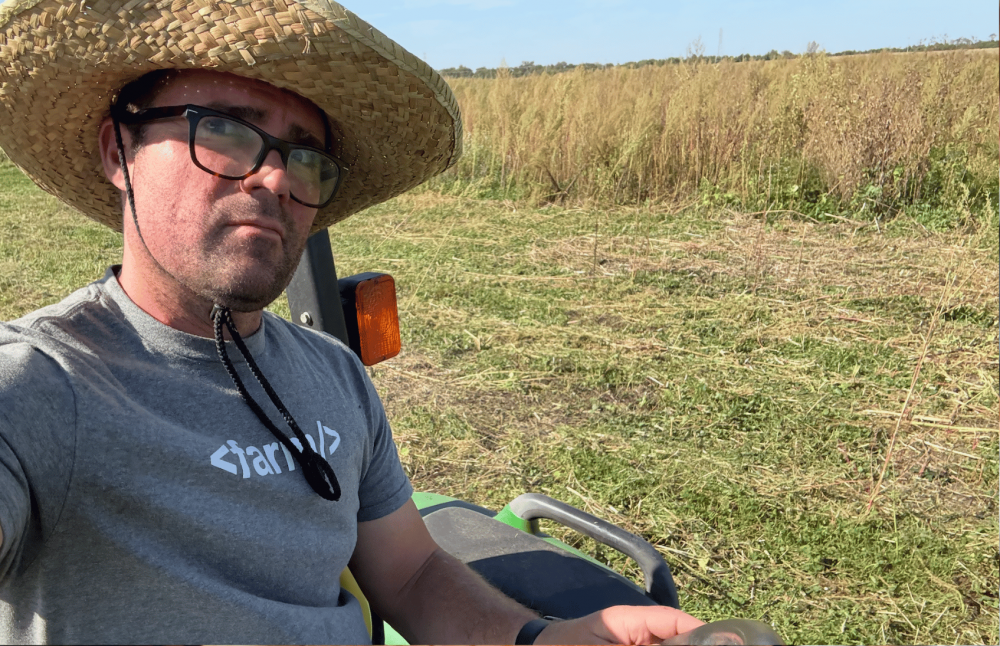
Everywhere you look, there are organizations trying to get local food to people.
Hundreds of thousands of them. Maybe millions.
Nonprofits. Co-ops. Government agencies. Farm groups. Food hubs. Retailers.
Everyone with their own reason, their own mission, their own story.
But for all their differences, almost all of them are doing the same thing: They’re working inside a system that was built for industrial food, not local food. It’s like trying to raise chickens in a windowless warehouse. 😂
So we see the same solutions repeated over and over again — better aggregation, better retail models, better supply chains, better logistics, better co-ops. All important, all meaningful work, and all done with the best intentions.
But all stuck inside a structure built for a different era:
farm → aggregator → retailer → consumer.
That system is the very reason local food became expensive, inconvenient, and fragile in the first place.
And here’s the part no one seems to be talking about:
We’re no longer constrained by the rules of that system.
Technology, convenience culture, AI, trust infrastructure — they’ve all collided.
A completely new playbook is possible.
But almost no one is picking up that playbook.
The Five “Successful” Models — and what they're missing
This came to mind after reading about the 5 Local Food Models featured in The Packer’s article, “In the Year of the Cooperative, Rural Grocers Find Power in Partnership,” something clicked for me:
These models are smart.
They’re inspiring.
They’re helping real communities.
But they're all missing one thing. The one thing that I believe, can change everything. Here are the 5 models:
1. Farm Runners (Colorado)
Source: Farm Runners
Farm Runners was created because farmers were wasting hours driving instead of farming. So they built a regional aggregation and wholesale delivery system connecting 100+ farms to 500+ buyers.
2. Rolling Grocer 19 (New York)
Source: Rolling Grocer 19
A sliding-scale grocery store that makes local food accessible across incomes. Beautiful concept. Deeply human mission.
3. In Her Shoes (Mississippi)
Source: In Her Shoes
A mobile market selling products from new farmers, especially in food deserts. It blends entrepreneurship and food access in a powerful way.
4. Michigan Farm to Freezer
Source: Michigan Farm to Freezer
They freeze local produce to solve seasonality. This is genius — small farms have always suffered from feast-or-famine cycles.
5. Ball’s Food Stores (Kansas/Missouri)
Source: Hen House / Ball’s
They built a warehouse, aggregated products from 100+ farms, and paid out over $4M in one year. That’s massive impact.
So What’s Missing?
Isn't it interesting that not one of these models mention going direct to consumer? And in today’s world, that feels almost obvious. Amazon trained all of us to expect convenience with one click. DoorDash and Instacart proved that people are fully comfortable buying food without ever stepping into a store. Shopify showed that small brands can build direct relationships at scale, without needing retail to validate them.
Yet somehow, in local food, almost no one is applying those lessons. Everyone is still focused on improving the old structure instead of stepping into the new one. But what local food needs now isn’t a more efficient version of the same machine — it needs a different machine entirely.
A new pattern. A new structure. A new ecosystem that isn’t limited by retail hours, refrigeration bottlenecks, or institutional buyers. Because if local food is ever going to truly compete, it won’t be because we added a little polish to the middle of the chain. It will be because we rebuilt the chain around what families actually want.
And that new system starts with direct-to-consumer.
Not farm → aggregator → retailer → consumer.
But farm → family.
The Inflection Point We’re Living In
I’ve been spending time with Pattern Breakers by Mike Maples Jr., and his idea of Inflection Theory is very applicable here. He describes an inflection point as the moment when a set of new forces quietly comes together and makes something that used to be unrealistic suddenly possible. Not because someone pushed harder, but because the environment shifted enough that a new approach could finally work.
You can see this in some of the most familiar companies of the last decade. Uber wasn’t really feasible until smartphones and GPS were in everyone’s pocket. Airbnb needed online payments and a growing comfort with peer-to-peer trust. Tesla needed better batteries, public interest in clean energy, and policy support to converge. These companies didn’t refine the old model — they built something that matched where the world was heading.
I can’t help but feel that local food is sitting in a similar moment right now. Not in a loud or obvious way, but in a quiet shift happening underneath everything.
Several forces that didn’t exist 10 years ago are now fully in place:
- Families expect doorstep convenience
- Trust in industrial food is collapsing
- Chemical-free and regenerative food is becoming mainstream
- Technology now enables decentralized logistics
- Smartphones and routing tools eliminate old barriers
- Social platforms create direct relationships at scale
- AI now automates the communication and coordination that once required layers of middlemen
Individually, none of these would be enough to change much. Together, they shift what’s possible. They create the conditions for a new kind of system — not just a more efficient version of the old structure, but something built on:
- direct relationships
- tech-enabled fulfillment
- local-first logistics
- decentralized distribution
It feels early, and I don’t pretend to know exactly how this all unfolds. But it seems clear that the ground underneath local food is changing — and that creates space for models that simply weren’t possible before.
The World Is Ready for the New Local Food Model
It really does feel like the world is opening up to something different. You can sense it in the way people talk about food, how they shop, what they care about, and what they no longer trust. Families want local. They want clean. They want to know the story behind what they’re eating. But they also want it to fit into the reality of their lives. Convenience isn’t a luxury anymore — it’s an expectation.
We’re not pretending to know exactly where this all goes. We’re simply choosing to follow the signals, trust the instincts, and build toward what seems possible now in a way that wasn’t possible before. If there’s a new chapter coming for local food, we hope we can play a small part in shaping it. In fact, we're betting big on it.
Welcome to the new playbook.
